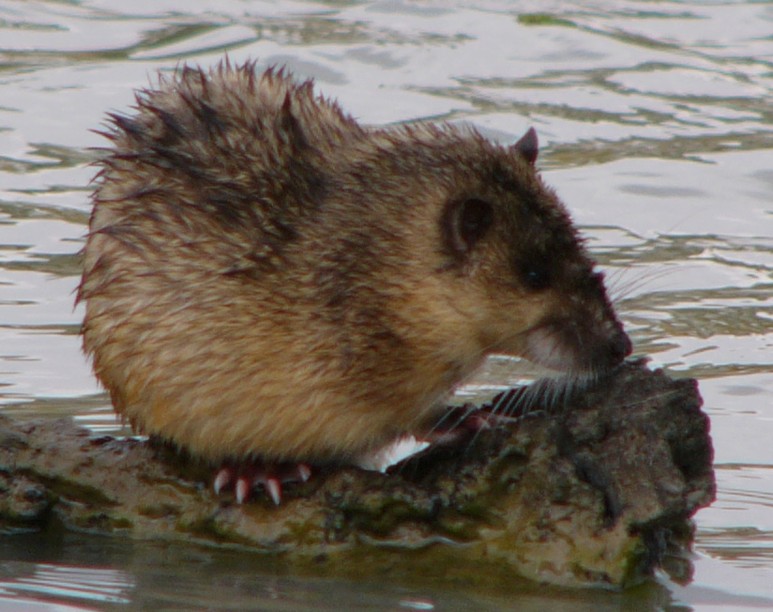|
| Query: Rat | Result: 672nd of 778 | |
Rat on log 3
| Subject: | Rat on log 3
| | Poster: | The Nottles (beluga@centralonline.com.au)
| |

| Resolution: 773x612
File Size: 113137 Bytes
Date: 2005:06:18 11:26:17
Camera: DMC-FZ10 (Panasonic)
F number: f/4.0
Exposure: 10/2000 sec
Focal Length: 720/10
Upload Date: 2005:06:27 20:59:28
|
ERROR : Server Busy(-1105)
ERROR : Server Busy(-1105)
Rat on log 3 |
^o^
Animal Pictures Archive for smart phones
^o^
|
|

